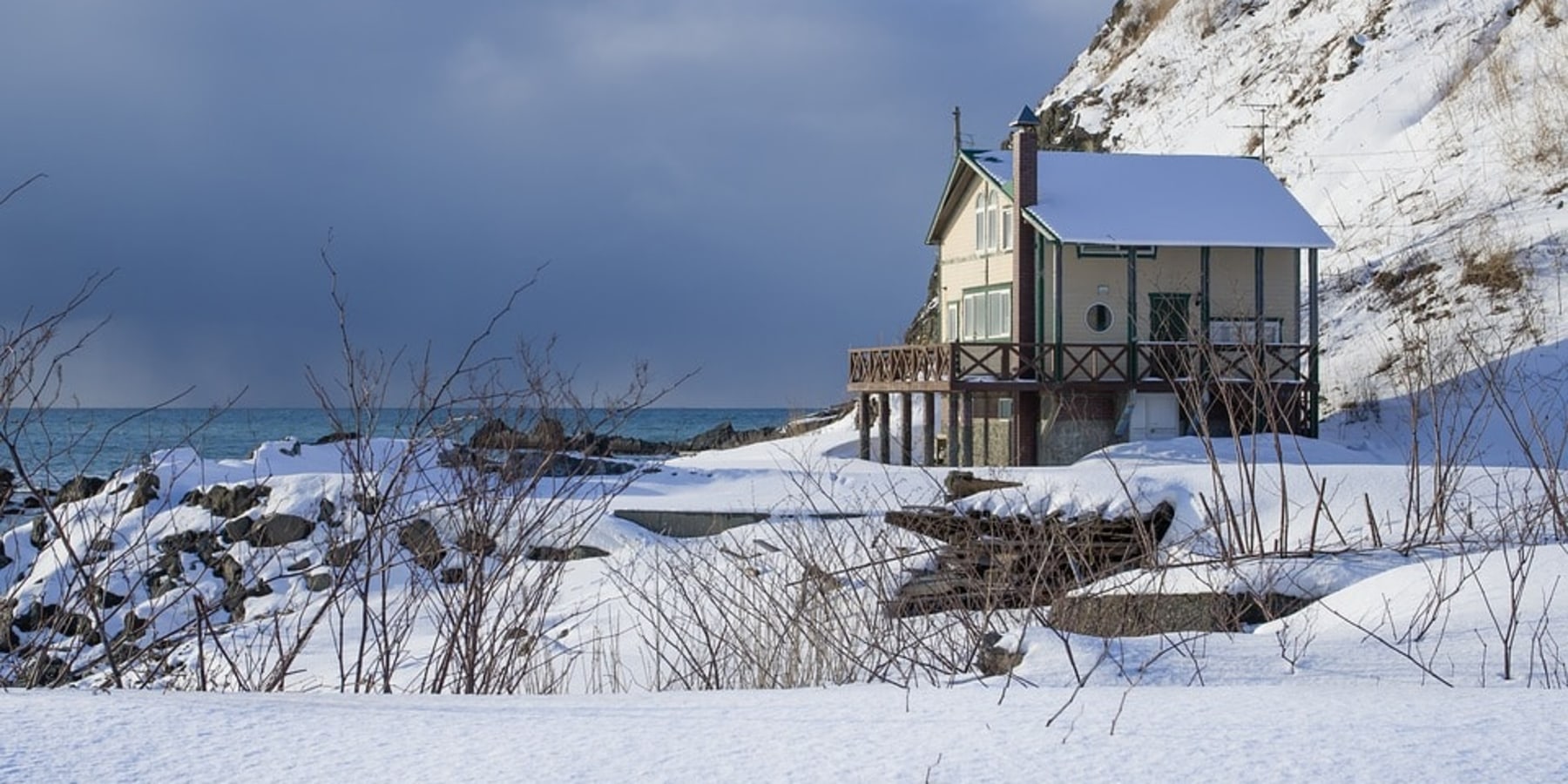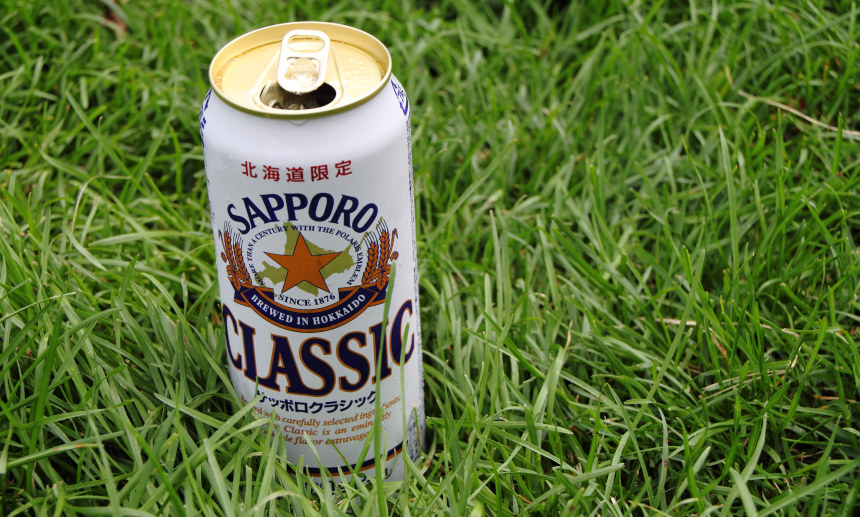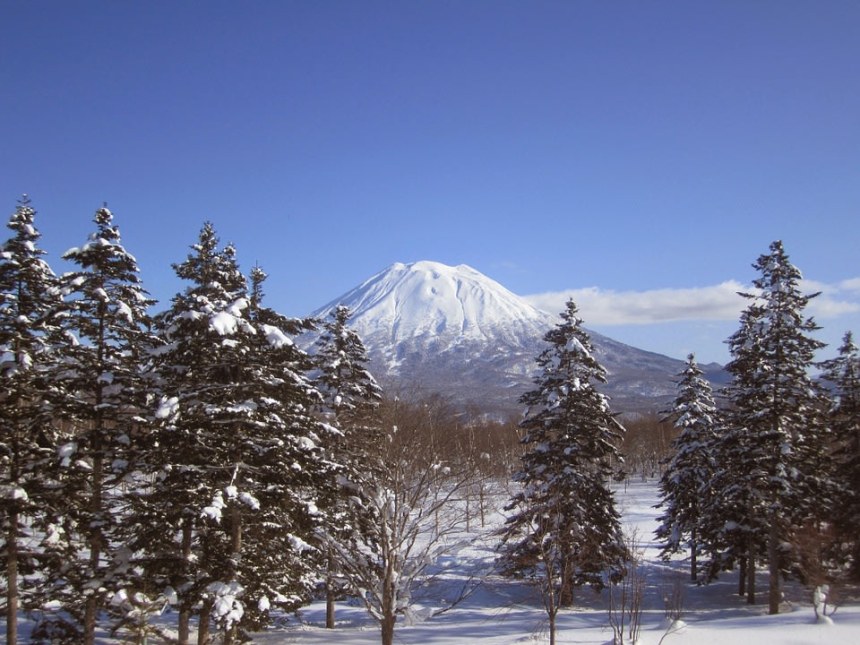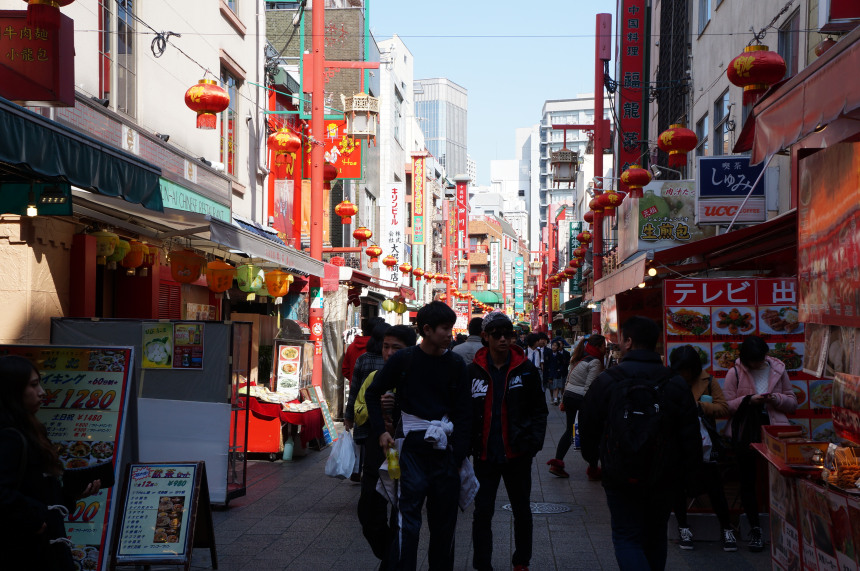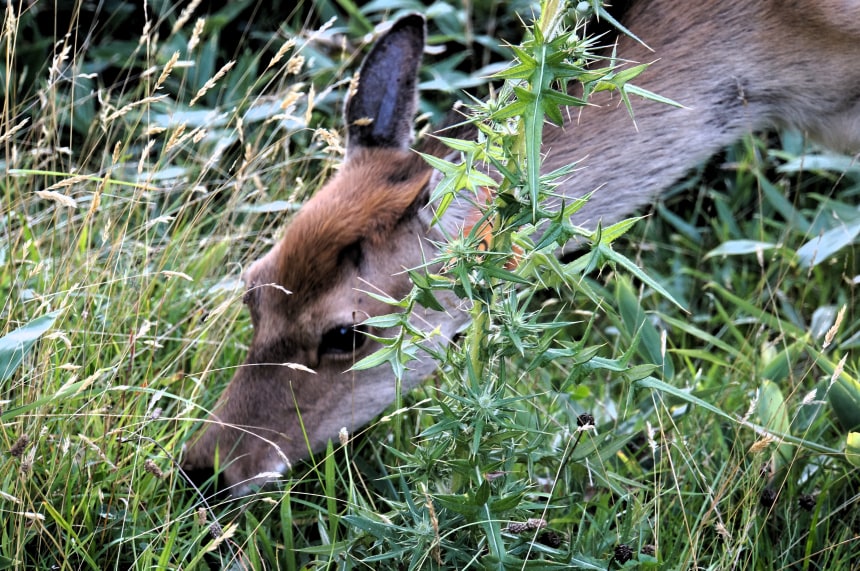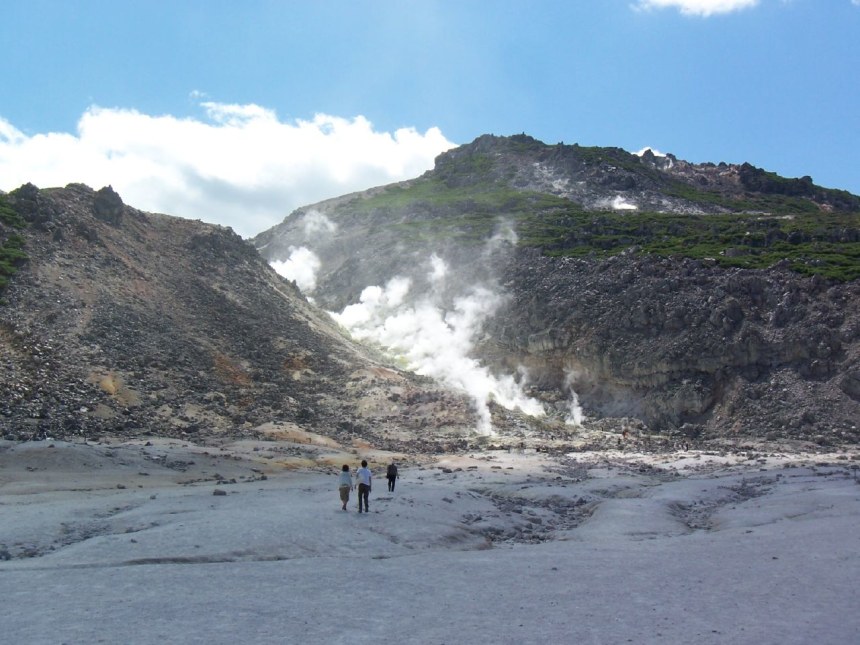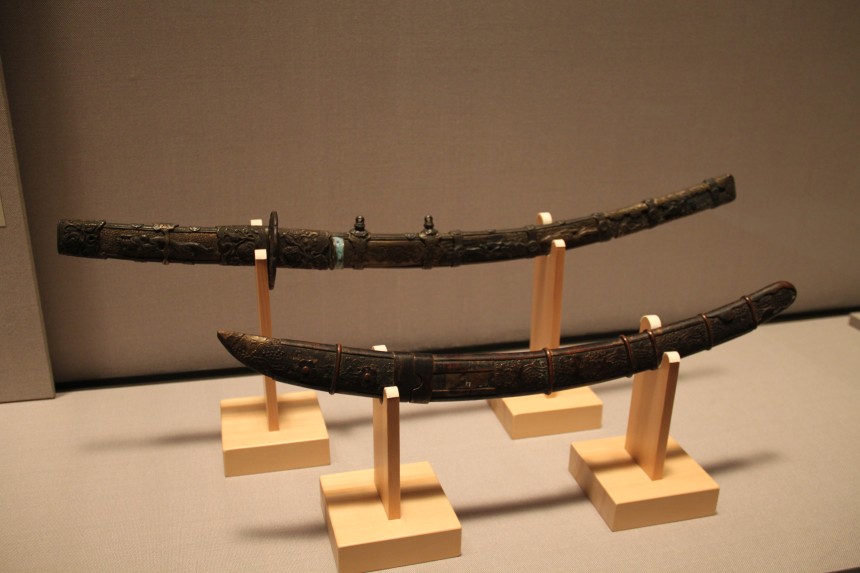| 6 mins read
Ross Cameron
When most people think of Japan, they imagine the neon-lit streets of Tokyo’s Shinjuku district, Kyoto’s atmospheric bamboo groves and maybe even Hiroshima’s solemn Peace Park. In short, they think of the big cities of central and southern Honshu, Japan’s biggest and most populous island. Very few people would think of the rugged mountains, dramatic national parks and under the radar cities that lie in the country’s northern reaches on the island of Hokkaido. With a frontier ethos (it was only colonised by the Japanese in the 18th century) that is far removed from the country’s buzzing metropolises, Hokkaido will challenge your preconceptions of Japan and leave you awestruck at the country’s diversity.
Sample Sapporo’s world-famous beer
Of those travellers who do make it to Hokkaido, few linger in its prefectural capital, Sapporo. However, this is a big mistake. As Japan’s fifth-largest city it is packed with things to do and offers a refreshing change of pace from the big cities of Honshu. What is more, Sapporo does one thing better than anywhere else in the country and that is brewing and drinking beer. Japan’s most popular beer, known simply as Sapporo, comes from the city and at the Sapporo Beer Museum, visitors can try a variety of the brewery’s different styles and explore its history. Make sure to compare the traditional lager style, known as Black Label, with Sapporo Classic, which is only available to drink on Japan’s northernmost island. Handily, there is a subway station right beside the brewery so there is no need to take a car.
Hit the slopes at Niseko
With an annual average snowfall of 15 metres, Niseko is the world’s powder skiing hidden gem. The resort, which has 800 hectares of skiable terrain spread over the sides of the conical peak Annupuri, is also one of the world’s most picturesque destinations with the surrounding landscape pockmarked with miniature Mount Fujis that will leave you speechless. Niseko has grown in popularity in recent years, thanks in part to the large influx of Australia skiers to the region. Despite this, it still remains quiet in comparison to European and North American big hitters like Zermatt, Chamonix, Whistler and Jackson Hole – so expect minimal lift queues and deserted slopes that wind their way through snow-laden birch trees. If you are not a confident skier but fancy giving it a try dedicated Niseko ski tour guides will show you the ropes.
See Japan’s opening to the West first-hand in Hakodate
Until the gunboat diplomacy of Matthew Perry forced Japan to sign the 1854 Treaty of Kanagawa, no foreign nations were permitted to trade with the land of the rising sun. After this, however, a number of the nation’s ports were opened to Western business – including the southern Hokkaido city of Hakodate. To explore this epochal moment in Japanese history, stroll the streets of Hakodate’s Motomachi district, which throughout the 19th century became home to American, Russian, British and French traders. The streets of this area are still peppered with Victorian mansions built in all manner of national styles and churches, including the onion-domed Orthodox Church, which is still used by Japan’s small indigenous Orthodox community. Other highlights of Motomachi are the Foreigners’ Cemetery where many Westerners living in the city were buried. Motomachi guided tours are available.
Travel to the end of the earth at Shiretoko National Park
Protecting the otherworldly landscapes, wildlife and indigenous culture of a peninsula that stretches out into the Sea of Okhotsk from Hokkaido’s northern coast, Shiretoko National Park is one of Japan’s most spectacular destinations. Known to local Ainu people as ‘the end of the earth’, the park is a UNESCO listed site that is a hidden gem for hikers, those wanting to take a dip in thermal springs or wildlife enthusiasts who can take nature cruises that reliably spot brown bears foraging on the shore. While the entire park is a hidden gem, one of its most underrated activities is driving through the Shiretoko Pass. This cloud-scraping road is often shrouded in mist but when the sun does come out you will feel like you are on top of the world as you drive past the summits of active volcanoes and alpine waterfalls.
Explore Hokkaido’s rich geology at Akan National Park
Founded in 1934, Akan National Park is one of Japan’s oldest and most rewarding national parks. With abundant wildlife and even wilder geological features, there is something for everyone to enjoy in this eye-opening northern Hokkaido destination. Clad in a canopy of Sakhalin spruce, the park is best known for its volcanic activity. There are a number of active volcanoes in the park alongside sulphurous springs that give the air a slightly rotten egg smell, which you will eventually get used to. The best place to see springs, which are stained yellow due to sulphur in the ground, is at Io-zan where bubbling pools of mineral-rich water abound. However, do not even think about going for a dip, as they are dangerously warm.
Get to grips with Ainu culture in Ainu Kotan
Before Hokkaido was integrated into Japan, the Ainu people, who lived amongst nature in small hunter-gathering communities, dominated it. However, as Russia expanded into Siberia during the 18th and 19th centuries, Japan began to fear an invasion of Hokkaido and began to colonise the island and reduce Ainu influence. While both Japanese and Ainu now live in harmony, the latter’s presence on Hokkaido is greatly reduced – except for the town of Ainu Kotan. Situated in central Hokkaido, the town is a showcase for Ainu culture and is defined by their traditional steep gabled roofed buildings that are a far cry from Japanese architectural styles. The town is well known for staging performances of traditional Ainu dances and theatre while it also houses the Ainu Folklore Museum that will give a greater insight into this rich culture. Get yourself a Hokkaido tour guide in case you would to dive deeper into Ainu Kotan’s vibrant indigenous heritage.
“Over the past decade, Ross Cameron has travelled extensively across Europe, Southeast Asia, North America, North Africa, and the post-Soviet space. As someone who has areal passion for these regions of the globe, he is able to offer an expert opinion that highlights the best off the beaten track destinations.”
Image details and licenses: Sapporo beer: https://flic.kr/p/8jsjDN (Miki Hoshihito, CC BY 2.0), Motomachi street: https://flic.kr/p/rjVKuj (Kouki Kuriyama, CC BY-ND 2.0), Deer in Shiretoko: https://flic.kr/p/fEQSQW (Teo Romera, CC BY-SA 2.0), Akan National Park: https://flic.kr/p/2SAArR (Hajime NAKANO, CC BY 2.0), Ainu Culture Swords: https://flic.kr/p/GtHbMU (Gary Todd, Public Domain)

